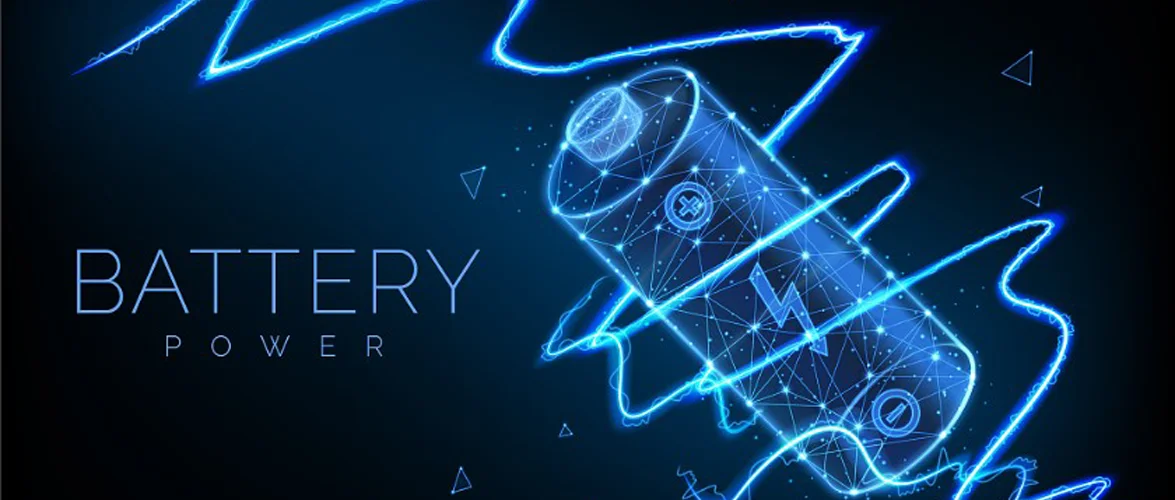리튬 이온 배터리의 자가 방전은 배터리가 외부 회로에서 분리되었을 때(즉, 개방 회로 상태) 배터리의 충전/전압이 자연스럽게 감소하는 현상을 말합니다. 이는 모든 배터리의 고유한 특성이지만, 그 정도는 다양합니다. 리튬 이온 배터리는 비교적 낮은 자가 방전율을 보이지만, 여전히 영향을 받습니다. 주요 원인은 다음과 같습니다.

1. 불가피한 화학적 부작용(정상적인 자가방전)
(1) SEI층의 성장 및 용해 :
음극(일반적으로 흑연)은 초기 충방전 시 형성되는 고체 전해질 계면(SEI) 층으로 코팅되어 있으며, 이는 배터리 작동에 필수적입니다. 그러나 SEI 층은 완벽하게 안정적이지 않습니다. 특히 고온에서 보관하는 동안 SEI 층은 서서히 용해되고 재형성됩니다. 이러한 재형성은 리튬 이온과 전해질을 소모하여 용량 손실과 전압 강하를 초래하며, 이는 자가 방전의 주요 원인입니다.
(2) 전해질 산화/환원:
충전된 양극재(예: LiCoO₂, NCM, LiFePO₄)는 산화성이 매우 높습니다. 전해액 용매(예: EC, DMC)와 첨가제는 고전위 양극과 장시간 접촉 시 산화를 통해 점진적으로 분해됩니다. 마찬가지로, 음극에서는 SEI 보호에도 불구하고 전해질의 미미한 환원 반응이 발생할 수 있습니다. 이러한 기생 반응은 활성 리튬 이온을 고갈시켜 용량 감소를 유발합니다.
(3) 불순물 반응:
전극 재료나 전류 집전체에 미량의 불순물(예: Fe, Cu, Zn 이온)이 있으면 미세 단락이 발생하거나 부반응에 참여하여 전하를 소모할 수 있습니다.
2. 내부 마이크로 단락(제조 결함 또는 노화로 인해 발생)
(1) 분리기 결함:
분리막에 미세한 핀홀, 불순물 또는 약한 부분이 있으면 사이클링 또는 장기 보관 후 전극 간 전자 전도(마이크로 쇼트)가 발생하여 전하가 직접 누출될 수 있습니다. 이는 비정상적으로 높은 자가 방전의 주요 원인입니다. 분리막은 거시적으로 전자를 차단하지만, 전도성 네트워크나 전해질을 통해 미세한 전자 누출 경로가 형성될 수 있습니다.
(2) 수지상 돌기 침투:
과충전, 저온 충전 또는 노화로 인해 리튬 덴드라이트가 음극에 불균일하게 형성될 수 있습니다. 날카로운 덴드라이트는 분리막을 관통하여 전극을 연결하고 내부 단락을 유발할 수 있습니다.
(3) 금속분진 오염 :
전극이나 분리막 사이에 끼인 잔류 금속 분진(예: 전극 절단 시)은 미세 단락을 유발할 수 있습니다. 완벽한 무진공 상태를 달성하는 것은 불가능하지만, 미세 분진은 그 영향이 미미합니다. 그러나 분리막을 뚫을 수 있는 한계치를 초과하는 분진은 자가 방전을 상당히 가속화합니다. 고품질 분리막 솔루션은 당사를 참조하십시오. 배터리 생산 라인 장비 .
3. 온도 효과
온도는 중요한 요소입니다. 온도가 높을수록 모든 자가 방전 반응(SEI 발생, 전해질 분해, 불순물 반응)이 기하급수적으로 가속화됩니다. 따라서 배터리는 장기간 보관 시 동결을 피하고 저온에서 보관해야 합니다.
4. 자가방전의 영향
• 용량 손실: 사용 가능한 용량이 감소했습니다.
• 전압 강하: 시간이 지남에 따라 개방 회로 전압(OCV)이 감소합니다.
• 가속 노화: 부작용(예: SEI 성장)이 활성 리튬/전해질을 소모하여 노화를 가속합니다.
• SOC 추정 과제: 자가 방전으로 인해 전압을 통한 정확한 SOC(충전 상태) 추정이 복잡해집니다.
• 안전 위험: 심각한 마이크로 단락으로 인해 국부적인 가열이나 열 폭주가 발생할 수 있습니다.
5. 완화 전략
(1) 설계 및 재료 최적화:
SEI 안정성 향상, 산화 방지 전해액 개발, 고순도 소재 사용, 분리막 품질 개선을 경험해 보세요. 맞춤형 솔루션을 위해 당사의 맞춤형 배터리 장비를 살펴보세요.
(2) 관리 보관 조건:
• 온도: 10°C~25°C에 보관하세요(0°C 미만은 피하세요).
• SOC: 장기 보관 시에는 40~60% SOC를 유지하십시오. 완전 충전은 전해액 산화를 가속화하며, 과방전은 양극 손상의 위험이 있습니다.
(3) 주기적 재충전:
배터리가 작동하지 않을 때는 전압/SOC를 모니터링하고 배터리가 낮을 때는 약 50%까지 충전하여 심하게 방전되는 것을 방지하세요.
(4) 엄격한 제조 관리:
불순물/금속 분진을 최소화하고 분리기의 완전성을 보장합니다. 배터리 소재 공급 오염 위험을 줄이기 위해 고순도 소재를 제공합니다.
결론
리튬 이온 배터리의 자가 방전은 주로 내재적인 화학적 부반응(SEI 불안정성, 전해질 분해)과 결함(분리막 결함, 오염 물질)으로 인한 내부 마이크로 단락으로 인해 발생합니다. 온도는 주요 외부 가속 요인입니다. 이러한 메커니즘을 이해하면 배터리 사용, 보관 및 수명을 최적화하는 데 도움이 됩니다. 장비부터 소재까지 포괄적인 배터리 생산 및 R&D 솔루션을 위해 당사의 전문성을 활용하십시오. TOB 뉴 에너지 .